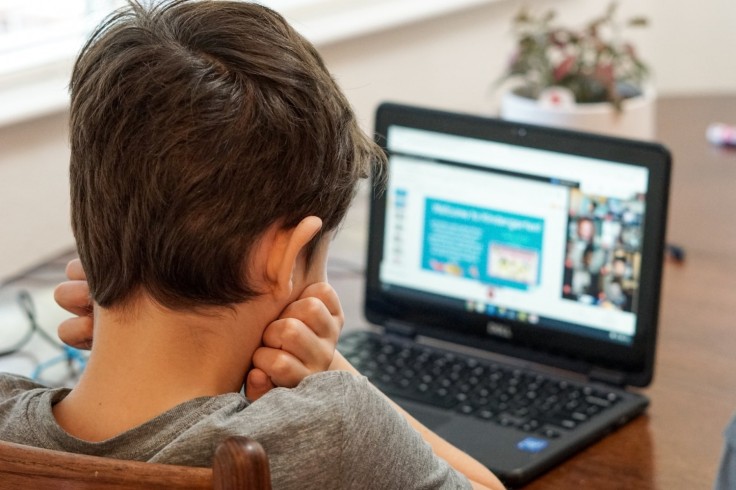
Every LMS developer's goal is to create a platform that learners will use often. You may achieve this by making your LMS a full-fledged learning portal that provides a memorable learning experience and tailoring it to fit your company's identity. Create a learning management system (LMS) like Blackbaud software that learners will enjoy using by organizing programs in an intuitive structure, making them visually appealing, and adding gamified elements. To that end, let's investigate the following suggestions.
Branding:
A platform can be transformed from a simple, out-of-the-box solution into an essential business component by adopting a design consistent with your identity, but this does not apply to all projects. Increase eLearning engagement among your staff by making their time spent on the platform more personalized by making your LMS visually consistent with your brand. You may brand your learning management system (LMS) in various ways, from tweaking an existing theme to incorporate your company's colors, logo, and other brand assets to developing a unique solution in which your brand is front and center.
Choice of Colors:
Select colors that contrast to avoid having your course pages blend into the background. Use up to four or five colors, preferably darker shades of those, to make sure the reader understands the hues.
Navigation:
The user's ability to quickly and easily locate the content they need and perform the necessary activity is a crucial indicator of a well-designed LMS website. The navigation must be simple and bug-free to keep users from abandoning the site too soon. The learning route should be intuitive and easy to find, and all crucial links should work well. To avoid overwhelming the user and causing unnecessary frustration, the navigation bar should only include the most essential and immediately relevant options. Since the login page is the first stop for any learning management system user, it should be designed with simplicity and usability. Users like an uncluttered login screen with lots of "white space" to highlight the text, which may lead them straight to the training materials afterward.
Integrate Multimedia:
Text alone will only cut it in today's digital environment if you want to keep your people involved. Multimedia components, especially photographs and videos, are becoming increasingly important on websites and social media platforms, so including them on your instructional pages is a must. Make sure the photos you include in your web design serve a purpose and add something to the information on the page. Elearning also heavily relies on video lectures and infographics. You should also maintain a consistent color scheme, logo, and typeface throughout your publications.
Individualize the Learning Process:
Understanding the learner's background and difficulties is crucial for tailoring the learning experience to improve relevance. This can be accomplished by using distinct learner personas that consider learners' varied levels of experience and learning preferences. You may tailor the LMS to the actual demands and obstacles the learners face if you define their regular and critical work and learning requirements. The training calendar will notify participants of future learning events, program progress and completion notifications, and new program announcements. Obtaining statistics and reports on learners' progress is made possible by activating the LMS's tracking and reporting features.
Flexible Layout:
You can't consider responsive design an optional feature of your platform in this day and age. This is something that must be done. The popularity of mobile devices like smartphones and tablets has skyrocketed over the past few years, and it shows no signs of stopping. Access to the web can be gained by various gadgets, from pocketable smartphones to massive 4K display screens.
In other words, your platform needs to be intelligent and flexible. While it's true that many modern platforms offer a responsive option out of the box, it's important to remember that this is frequently just the tip of the iceberg and that custom design for different screen sizes is still strongly advised.
Conclusion
In addition to providing a more polished and aesthetically pleasing presentation, a well-designed online program can help you provide your learners with a more rewarding learning experience. You can improve your online learning material pages, boost learners' attention, and ensure they get the most out of your information by implementing the easy graphic design guidelines discussed above.









